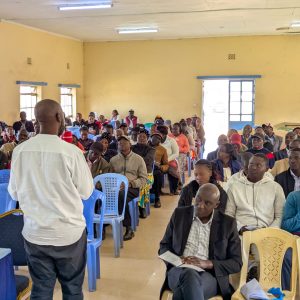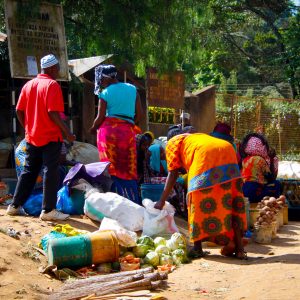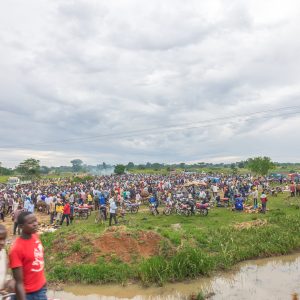Ni Sisi is an idea that is at the core of Twaweza’s vision for development and our Theory of Change. It’s all of us who can make a difference in our own lives and societies.
In 2012, Twaweza decided to trial a different model of communications interventions – a large scale intense campaign that propagated our core message, Ni Sisi, across a range of traditional media platforms as well as some newer more innovative mediums.
Working with the market leader, J. Walter Thompson (JWT), we created a range of content including compelling TV and radio public service announcements and light-hearted radio pieces and set to work to paint Kenya and Tanzania orange. The campaign was implemented at a large scale across Kenya and Tanzania, and to a limited extent in Uganda.
In Kenya, Uganda and Tanzania, six powerful radio and TV adverts were aired thousands of times every day over three months on multiple media outlets. We also made use of creative outdoor advertising on walls, benches and billboards. In Tanzania and Uganda, many of our programmatic partnerships also focused on conveying the core Ni Sisi message.
No message was received by even 50 per cent of viewers (when they were asked to identify the message in an open-ended question) in Kenya and Tanzania.
High increase in people feeling that they themselves were responsible for tackling issues during post-campaign surveys. However, this occurred in exposed and unexposed groups. This might be due to other similar initiatives or messages.
However, in Tanzania, three issues, all covered by the campaign, saw a significant increase in respondents identifying themselves as primary change agents when compared to pre-campaign respondents and those unexposed to the campaign.
In Tanzania, 43% of citizens could spontaneously complete the tagline for the campaign.
Anecdotal feedback shows that the campaign was extremely popular and lead to a small spark of actions modelled on the adverts. For many years after the campaign, candidates coming to interview for positions at Twaweza would mention the campaign in connection with Twaweza’s work.
Lessons
- It is possible that the main ‘ni sisi’ message is received more subliminally so when asked you would identify the issue covered (pollution, corruption etc) as the main message of the adverts.
- TV was the most powerful content while radio had a low impact, reach and recall. We speculate that people tend to engage with TV communally even more than other media.
- Although we achieved significant reach and recognition, this came for a high send on traditional media buying. Value for money is hard to assess. But working with an agency expedited things that we might not have been able to process with as much speed and agility.
Although we achieved significant reach and recognition, this came for a high send on traditional media buying. Value for money is hard to assess. But working with an agency expedited things that we might not have been able to process with as much speed and agility.




